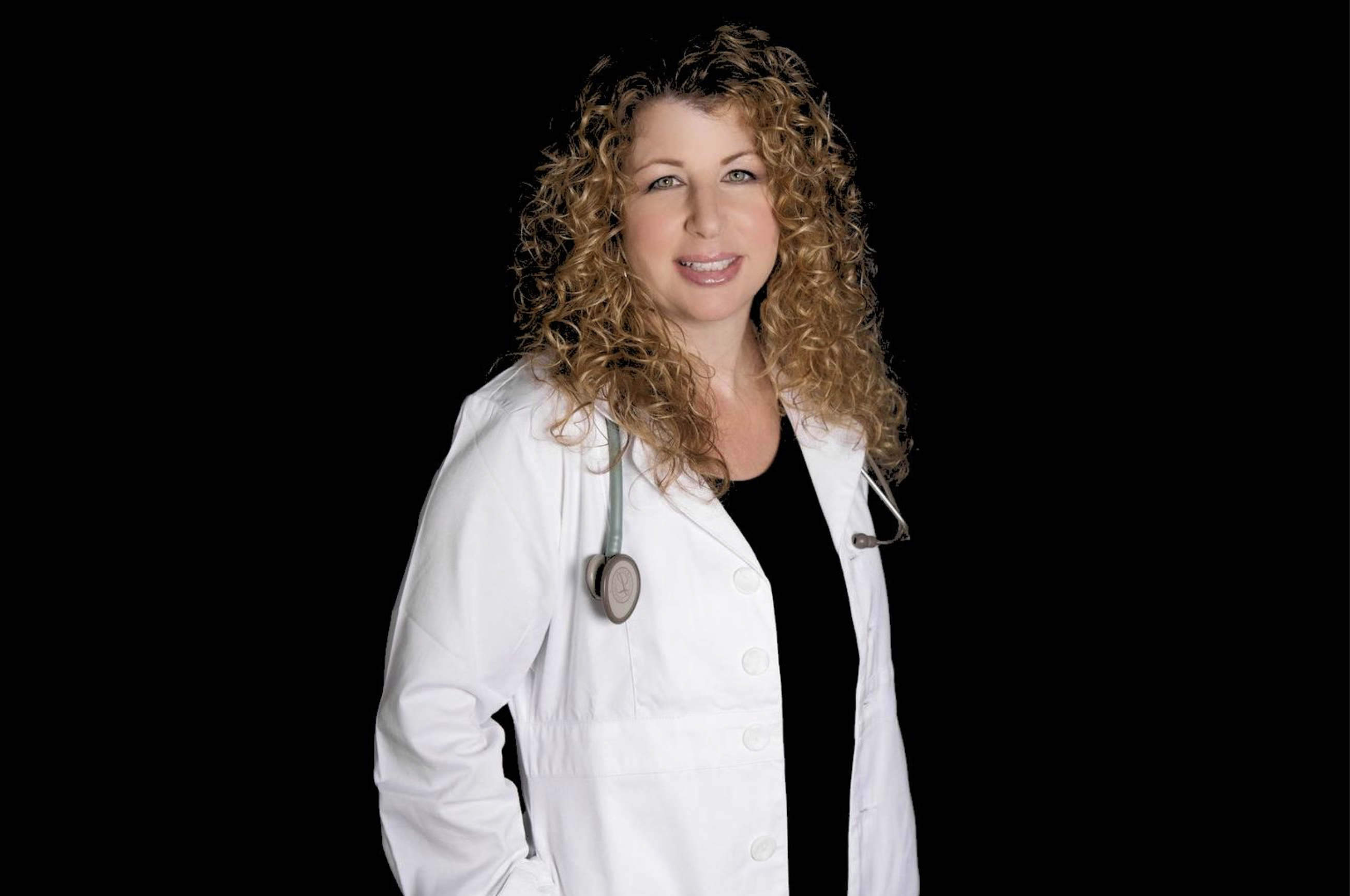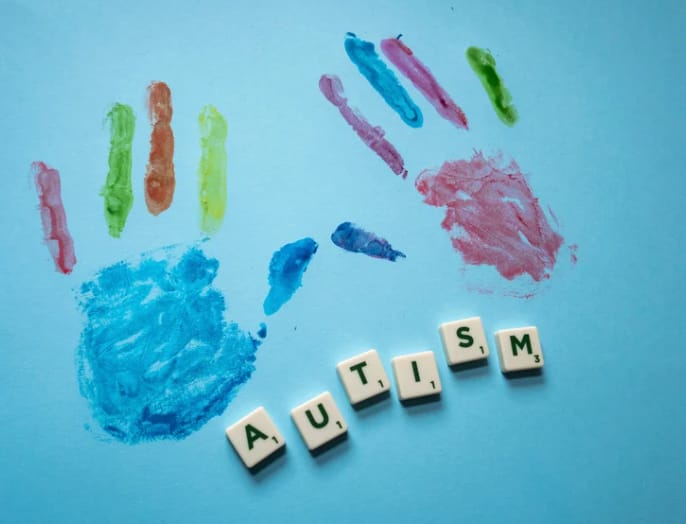Cannabis for Autism: What does the research say?
All Blog PostsWhat is Autism Spectrum Disorder?
Autism Spectrum Disorder (ASD) has been front and center in the news lately, with focus on the causes and rising prevalence. There are many individuals with the diagnosis of autism who do not struggle with challenging symptoms; however, others may face difficulties such as insomnia, irritability, aggression, self-harm, and anxiety. FDA-approved medications do not target the core symptoms, specifically challenges of social communication and interaction, and restricted, repetitive patterns of behavior, interests, or activities. This gap has led to growing interest in alternative or adjunctive therapies, among them, cannabis-derived approaches.
Over the past decade, a growing body of research has explored the use of cannabinoid compounds derived from the cannabis plant to address symptoms of ASD. The reason behind this research is the finding that children with autism were found to have low levels of their natural “inner cannabis” compounds, called endocannabinoids. Endocannabinoids are made by almost all human cells, and their role is to tell our cells to send balanced chemical messages, especially in the brain, gut, and immune system (which regulates inflammation). Without sufficient levels of endocannabinoids, cell signaling is imbalanced and can lead to some of the symptoms that we see in autism. The concept of treatment with cannabinoids is to replace this “endocannabinoid deficiency” and establish balanced cell messaging.
One of the first reports in the scientific literature of the use of cannabinoid compounds for symptoms of autism was a case report of a child who was treated with low doses of synthetic THC (called dronabinol) over six months. He was found to have significant reductions in irritability, hyperactivity, lethargy, and stereotyped behaviors with no unwanted side effects.
The first trial of cannabis in a large group of children with autism was published in 2019. Sixty children ranging in age from 5 to 17.5 years were treated over 7 to 13 months with CBD-rich full spectrum cannabis extract (CBD:THC 20:1). The majority of the children had severe challenges. Dosing started at 1 mg/kg per day and was titrated up to a maximum of 10 mg/kg per day. Non-responders were given extra THC, which lowered the ratio down to 6:1. The researchers reported that 31 out of the 60 patients responded to the 20:1 ratio extract. The 29 participants who did not respond added THC, decreasing the ratio to 6:1, with 13 out of the 29 reporting much better results, seven out of the 29 reporting slightly better results, six out of the 29 reporting no change, and three out of the 29 reporting worsening symptoms. Overall, 85% of the children experienced benefits. There was a 73% retention rate reflecting high parental satisfaction. Issues that were reported in those who discontinued the extract included irritability, refusal to take the extract, and low efficacy. Reported adverse events included restlessness, irritability, and appetite loss. (In real-world use of cannabis, clinicians can mitigate these side effects by adjusting ratio, dosing, product, or timing.) Additional findings: 39% of the participants had improved anxiety, 47% had improved communication, and 61% had very much or much improved behavioral outbreaks. One third of the children were able to reduce medication, with almost one quarter discontinuing medication. Only 8% added or increased medication during the study duration.¹
Another report followed 188 pediatric patients (82% male) with autism using a similar 20:1 ratio, full spectrum CBD-dominant extract. At six months, 82% were still in active treatment, with 30% reporting significant improvement and 54% reporting moderate improvement. CBD dosing ranged from 15 mg to 285 mg per dose, with most taking two doses per day, reflecting the wide range of CBD dosing. Insomnia was reported in 24%; these children were given low doses of THC at night with improved sleep. Although 25% of the children in the study reported side effects (most common was restlessness), this was likely due to incorrect dosing, which can resolve with dosing adjustments. Benefits reported by parents included decreased agitation, fewer rage attacks, improved sleep, better focus, fewer tics, and fewer seizures in the children with a co-diagnosis of epilepsy.²
In the first placebo-controlled, double-blind comparison of two oral cannabinoid solutions for symptoms of autism, 150 patients aged 5 to 21 years, with 79% experiencing severe symptoms, received either full spectrum CBD:THC 20:1 extract, purified CBD:THC 20:1 (no other cannabinoids or terpenes), or placebo. After 12 weeks of treatment, there was a four-week washout period where none of the children received any intervention, followed by another 12 weeks with one of the other treatments. Adverse effects were mild and included somnolence, decreased appetite, tiredness, and anxiety. No severe side effects were reported. Forty-nine percent of children taking the full spectrum CBD-dominant extract reported very much or much improved behaviors, which was statistically significant compared to placebo (not due to chance). There was no statistical significance found when comparing the purified CBD-dominant product and placebo.³
A 2022 report evaluated the effects on common blood tests (complete blood count, glucose, urea, creatinine, electrolytes, liver enzymes, bilirubin, lipid profile, TSH, FT4, thyroid antibodies, prolactin, and testosterone measurements) in children who were treated with CBD:THC 20:1 extract over six months for symptoms of autism. No clinically significant differences were found in any of the blood tests between baseline and three months. A subset of children taking other medications showed no difference in biochemical analysis as well.⁴
A review of 13 studies that investigated the use of medical cannabis for autism in children and adolescents reported “substantial behavior and symptom improvement,” with 61–93% of participants showing benefits. Mild adverse effects were reported in 27%.⁵
Recent media coverage has drawn attention to ongoing debate surrounding acetaminophen use during pregnancy and its possible association with autism, as well as renewed interest in leucovorin (folinic acid) as a potential therapy for certain individuals with autism. Current research on acetaminophen exposure and autism risk remains inconclusive, with some observational studies suggesting a possible link and others finding no consistent association. Meanwhile, leucovorin has shown potential benefit in a subset of patients with documented folate pathway abnormalities, specifically those with cerebral folate deficiency or folate receptor alpha autoantibodies, who may experience improvements in communication and behavior when treated under medical supervision with the appropriate formulation. It is clear that both topics require further study, and families should consult qualified healthcare professionals before making treatment decisions.
As a pediatric-trained cannabis specialist, I have treated hundreds of children struggling with moderate to severe symptoms of autism. Parents of children in my practice report similar benefits as seen in the abovementioned studies, notably improved sleep, reduced unwanted behaviors including a decrease in aggression and self-harm, reduced hyperactivity, decreased rigidity, better eye contact and focus, with some children having improvements in speech and socialization. Many also report a significant improvement in school participation.
These findings led me, in collaboration with a biotech company, to study how medical cannabis affects children with autism who are using it under medical supervision. We collected saliva samples before and after treatment to look for changes in body chemistry. For the first time, we showed that the improvements parents reported, such as better mood, less aggression, and fewer unwanted behaviors, matched measurable chemical changes in the body. These changes reflected reduced inflammation and pain, and better balance in the endocannabinoid system, showing that medical cannabis helped restore the body’s natural chemical balance. This confirms that what parents are seeing at home is supported by real, biological evidence.⁶
Although studies have focused on CBD-rich extracts, many of my patients are using additional cannabinoids, often in combination. These include CBDA (cannabidiolic acid), CBG (cannabigerol), and CBDV (cannabidivarin), as all of these are shown to lower anxiety and inflammation. It is crucial to have medical supervision with dosing and product guidance when initiating a cannabinoid regimen in a child or adolescent with autism. This guidance can be invaluable in discovering a therapeutic regimen that provides the best outcome without unwanted side effects. There is no need to go it alone! Goldstein Wellness provides free referrals to licensed specialists in your state, as well as free and low-cost educational hotlines.

